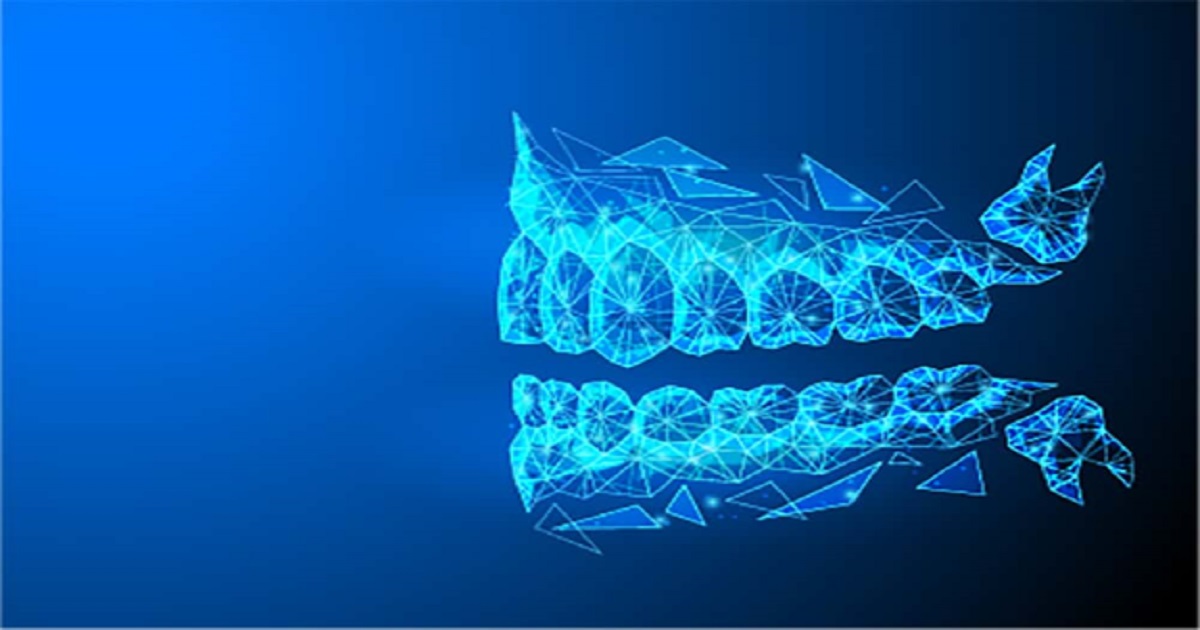Advanced Dental Materials, Dental Technologies and Dental Care
A special issue of Materials (ISSN 1996-1944). This special issue belongs to the section "Biomaterials".
Deadline for manuscript submissions: closed (20 August 2024) | Viewed by 8992

Special Issue Editor
Interests: orthodontics; oral pathology
Special Issues, Collections and Topics in MDPI journals
Special Issue Information
Dear Colleagues,
In recent years, there has been a revolution in the field of dental materials, technologies and the possibilities offered in dental treatment, in all the different fields of dentistry. New materials and technologies allow us to achieve ever better, more accurate and faster treatment results. However, in order to make the most of these possibilities, a certain amount of experience and knowledge is required. It is necessary to understand the entire integrated process of technologies and materials that enable the planning and execution of innovative therapies compared to the past. The objective of the researcher is to make original contributions that describe or validate the use of new materials and technologies in dental care. To achieve this goal, clinicians, researchers and experts in various fields of dentistry are invited to submit original articles or reviews of the scientific literature, with an emphasis on the role of new dental materials and technology in supporting contemporary clinical practice.
Prof. Dr. Marco Portelli
Guest Editor
Manuscript Submission Information
Manuscripts should be submitted online at www.mdpi.com by registering and logging in to this website. Once you are registered, click here to go to the submission form. Manuscripts can be submitted until the deadline. All submissions that pass pre-check are peer-reviewed. Accepted papers will be published continuously in the journal (as soon as accepted) and will be listed together on the special issue website. Research articles, review articles as well as short communications are invited. For planned papers, a title and short abstract (about 100 words) can be sent to the Editorial Office for announcement on this website.
Submitted manuscripts should not have been published previously, nor be under consideration for publication elsewhere (except conference proceedings papers). All manuscripts are thoroughly refereed through a single-blind peer-review process. A guide for authors and other relevant information for submission of manuscripts is available on the Instructions for Authors page. Materials is an international peer-reviewed open access semimonthly journal published by MDPI.
Please visit the Instructions for Authors page before submitting a manuscript. The Article Processing Charge (APC) for publication in this open access journal is 2600 CHF (Swiss Francs). Submitted papers should be well formatted and use good English. Authors may use MDPI's English editing service prior to publication or during author revisions.
Keywords
- dental materials
- dental technologies
- innovative dental care
- ceramic
- composite
- CAD–CAM
- 3D-imaging
Benefits of Publishing in a Special Issue
- Ease of navigation: Grouping papers by topic helps scholars navigate broad scope journals more efficiently.
- Greater discoverability: Special Issues support the reach and impact of scientific research. Articles in Special Issues are more discoverable and cited more frequently.
- Expansion of research network: Special Issues facilitate connections among authors, fostering scientific collaborations.
- External promotion: Articles in Special Issues are often promoted through the journal's social media, increasing their visibility.
- Reprint: MDPI Books provides the opportunity to republish successful Special Issues in book format, both online and in print.
Further information on MDPI's Special Issue policies can be found here.






